Description
The half halt is referred to endlessly in equine texts in almost every discipline. Some use a half halt for every movement, others only to slow a horse. To confuse things even more, instructors talk about half halting on the inside, outside, or both reins depending on what they are trying to accomplish.
This class will go a long way to clear up the confusion and help you more fully understand what a half halt is. I’ll give you my idea of what a half halt is, and how to “build it.” This interpretation has been honed over many years of training and learning from horses, instructors, and students.
The Half Halt in Driven Dressage
The first place most people think of when the subject of half halts is brought up is dressage. The half halt is a critical communication to prepare the horse for transitions not only between gaits, but to improve the quality of his movement within a gait.
If you’re looking for one key to success in improving your horse’s figures, lengthenings, and collected work, look no further than the half halt. It can make a world of difference.
The Half Halt in Cones and Hazards
Because the half halt is a balancing tool, it can be instrumental for improving your horse’s performance in obstacles such as cones courses and combined driving hazards. With improved balance, your horse can negotiate more technical turns without losing valuable time.
The Half Halt and Bending
The precursors to a horse showing a correct bend are balance and straightness. If you are trying to get your horse straight and balanced, you’ll need to use the half halt.
Once you have a better understanding of the half halt, you’ll be able to develop this invaluable tool that you can put to use any of your riding, driving or training.
Included With This Class
- 12 page article on the half halt.
- Lesson plan for creating a reliable half halt with your carriage horse.
- This will make those half halts more clear for both you, and your horse.




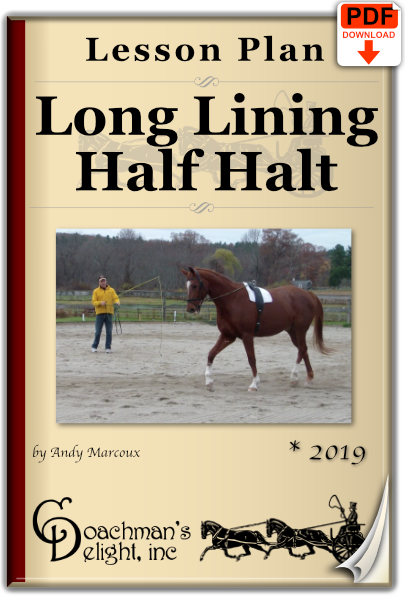
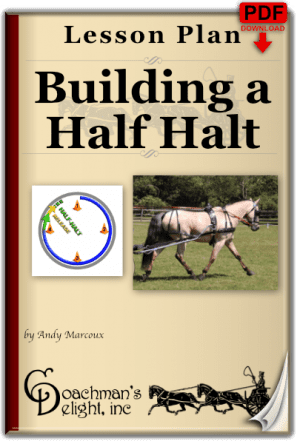
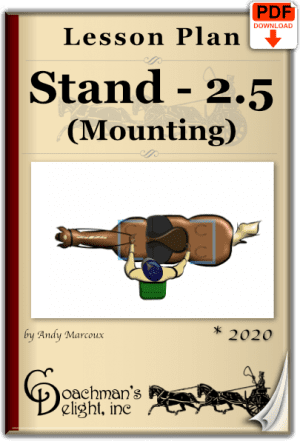
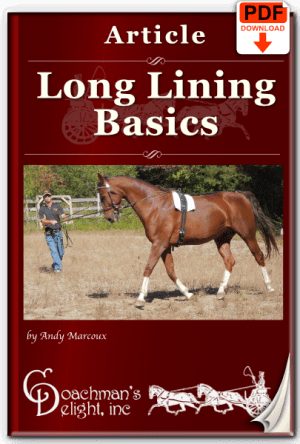
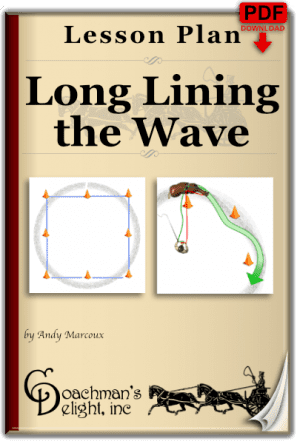
Reviews
There are no reviews yet.